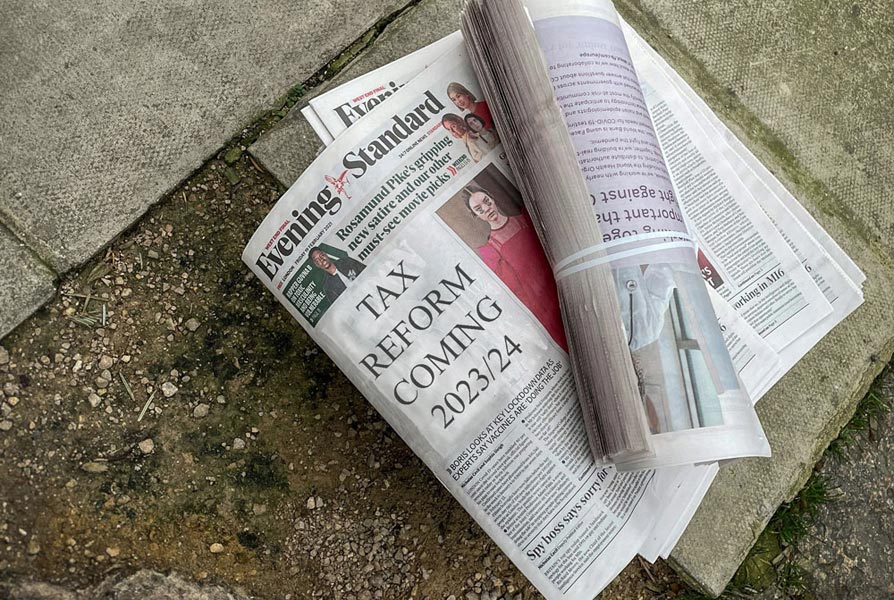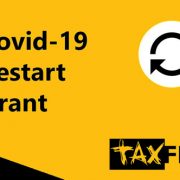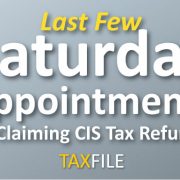Understanding Basis Period Reform for Self-Assessment Tax in the UK

Are you a sole trader or in a partnership?
Do you have different accounting dates from the standard 6th of April to the 5th of Apri?
If you answered YES to both questions, some IMPORTANT changes will apply for the tax year 2023-24.
The concept of the basis period determines the time frame used to calculate taxable profits or losses for self-employed individuals, partnerships, and some trusts. It marks a departure from the traditional “current year” basis, where business profits were taxed based on the accounting period ending within the tax year. Instead, it introduces a “tax year” basis, aligning taxable profits with the UK’s standard tax year, running from 6 April to 5 April.
What is the Basis Period?
In the realm of self-assessment tax, the basis period refers to the time covered by an accounting period for tax purposes. For many years, the basis period was often determined by the accounting period end dates, meaning that income or losses falling within these dates formed the basis for the tax assessment for a particular tax year.
The reform in the basis period rules aims to simplify and align the system, preventing tax planning manipulation and offering a fairer assessment of taxable income. Prior to the reform, there were instances where individuals could manipulate their tax liability by choosing specific accounting periods. Under the new rules, the government proposed changes to bring about consistency and fairness. Instead of linking the basis period solely to the accounting period end date, the new rules aim to connect it with the tax year itself. This change intends to create a more straightforward and consistent approach for calculating taxable profits or losses.
This shift has far-reaching consequences for businesses with accounting periods not coinciding with the ‘April’ tax year. They will need to adapt their reporting practices to ensure accurate tax calculations.
Key Points of the Reform
- Transition Period: The reform is usually accompanied by a transition period, during which adjustments are made to accommodate the change smoothly. This period ensures that the impact of the reform is manageable for taxpayers.
- Overlap Relief: Overlap relief, a mechanism that deals with the misalignment between accounting periods and tax years, may undergo adjustments to align with the new basis period rules.
- Simplified Calculations: The new rules aim to simplify the calculations involved in determining taxable profits or losses, reducing complexities associated with varying accounting period end dates.
Although the reform intends to simplify the system, it might bring temporary complexities during the transition period. Individuals and businesses may need to adapt their record-keeping and accounting practices to align with the revised basis period rules.
Taxfile can offer guidance on navigating the transition, ensuring compliance with the updated regulations, and minimizing any potential negative impacts on tax liabilities. Please give us a call on 020 8761 8000 if you think you will be impacted by this change or require some advice. We offer a free 20-minute, no-obligation consultation.
Taxfile are accountants and tax advisors located in Tulse Hill and Dulwich, in London SE21.









